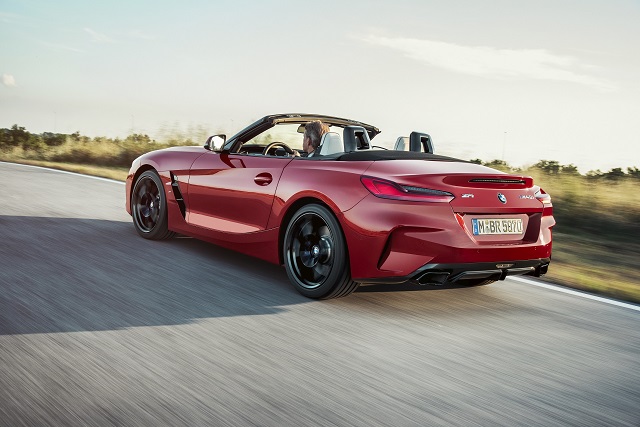The future never looks exactly how we imagined it a few decades ago. Reliable vehicles just came into existence a century ago, and one could not have imagined driverless cars at that time. Visions of the 21st century that were conceived in the 20th century did tend to get some things right, but most of them wrong. There have been many successes and failures and while we may not live in the world of “The Jetsons”, you can say those days aren’t far away. Where in the past, autonomous vehicles were just a part of movies and music videos, these new car technologies are successfully coming into being.
Self driving cars, and flying cars would be this century’s biggest innovations for the automobile industry. Aeromobil has recently introduced its flying car version 3.0 that is fully functional and allows drivers to take flight and land at any airport in the world and drive, park and do whatever a traditional vehicle can do. In fact, the first flying car is going for sale this year, in 2015. Google introduced its autonomous car back in 2007 and continues developing its technology to make their driverless cars more reliable and safer. So, the days of seeing new car technologies are just beginning. However, the main focus of this article would be completely on driverless car technology.
What are Autonomous Cars?
An autonomous car, also known as robotic cars, self-driving car, auto car(automatic) and driverless vehicle, as the name implies, is an autonomous vehicle that has the capability to perform all functions related to everyday driving, parking, and commuting. It is a technology that senses the environment and upon entering the destination, navigates its way without human interference.
Autonomous control implies exceptional performance under uncertainties of the environment, traffic, and many other factors. This technology will be able to compensate for system failures or be able to prevent accidents without external intervention. As you can see in the picture above, drivers would be able to simply sit back and enjoy, while the car drives you around.
Only Google has so far gone the furthest with autonomous cars, but many automakers, including Ford, Audi, Nissan, Volkswagen, and Toyota, are also entering the competition and working on developing driverless technology. Although the concept of a car driven by a computer might make many people nervous because of its novelty, the technology proves to be continuum and not a binary choice between control by a machine or a human driver.
To some extent, this technology is already available today on a smaller scale in vehicles that come equipped with adaptive cruise control, blind-spot warnings, self-adjusting speed controls, vehicle stability systems, lane management systems and self-parking assist. But ever since the states of Michigan, California, Florida, and Nevada have passed laws that permit autonomous vehicles, many reputable automakers want to turn this dream into reality.
How will Driverless Cars work?
Autonomous cars come equipped with the most advanced set of technologies. These include computer vision, advanced GPS, radar and LIDAR. The driverless technology works by using numerous cameras and sensors that detect and collect distance and speed data from objects, cars, and the road. The information collected from these cameras and sensors are then fed into a control module.
This article originally appeared on globalcarsbrands.com






Leave A Comment
You must be logged in to post a comment.